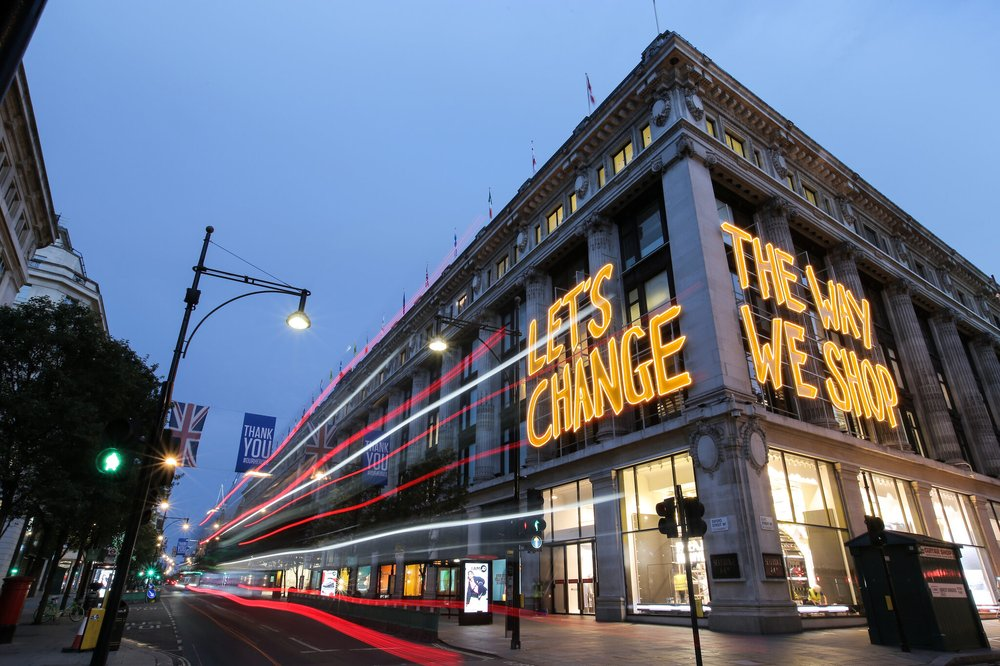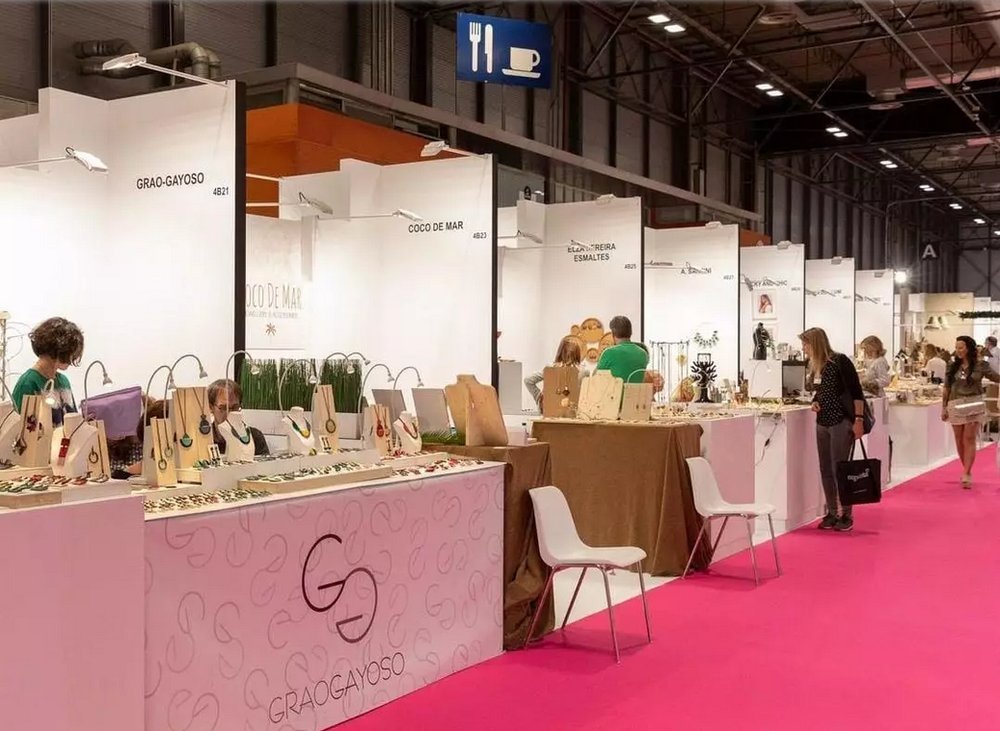Major international brands «continue to bet on physical retail to drive sales in established destination cities,» according to a report released by Savills this week. The real estate consultancy points to New York, Paris and London as «the most attractive cities for retailers.»

However, in its ranking of attractive cities for retailers (produced as part of its 2022 Impacts global research program) it advanced that «new opportunities for luxury store openings are emerging in the Middle East and Asia.»
In its new report, it also notes that «2022 is a great opportunity for retailers to acquire new stores in key locations at reduced rents compared to 2019 levels.»
What’s so special about New York, Paris and London to keep them at the top of global retail? Savills says they «have demonstrated that they have retained the key fundamentals of a successful retail location and are poised to bounce back faster than other destination cities.»
Marie Hickey, director of retail research, said all three cities have «thriving national markets and have already demonstrated far superior levels of resilience over the past 18 months.»
New York (ranked #1), «suffered relatively less during the pandemic due to a very strong domestic tourism market,» and «in Paris (ranked #2), «lower e-commerce penetration has pushed customers into physical luxury stores.»
According to Savills, in London, «forecasts for a return to pre-pandemic tourist numbers by 2023 appear to support a rapid recovery, and many retailers are already reviving their needs in the capital.»
This is an interesting viewpoint, given that UK luxury body Walpole highlighted a day earlier that the UK as a whole is lagging behind in the recovery due to the cancellation of VAT-free shopping for tourists. It seems that, on the shopping front, London continues to buck the overall UK trend and remains a magnet for tourists, as well as enjoying solid demand from British residents and tourists.

As for other cities further down the rankings, Savills noted that some rely on a steady flow of domestic tourism and that, for example, Hong Kong, ranked fourth, «has faced a steeper decline and will have to wait longer to recover.»
Opportunities
The company sees great opportunities for retailers in several emerging markets, mainly in the Middle East and Asia.
In Dubai, most luxury brands are represented by single-brand stores through franchises, but changes in government policies are making international brands want to enter directly and regain full control of their stores. Cairo, Saudi Arabia and Bahrain «have relatively affluent populations and also represent an interesting opportunity for luxury retailers in this region,» he explains.
As for China, Nick Bradstreet, retail director at Savills Asia, said, «Covid-19’s strict containment policy has boosted domestic tourism and, with it, the emergence of new retail outlets. Luxury brands will follow the lead of major developers, who are expanding their presence in Chengdu, Hangzhou, Kunming and Ningbo, among others. Of all of them, we see the greatest potential being in Hainan, as by 2025 the entire island will be a duty-free territory.»
It seems that in the wake of the pandemic, like New York, Paris and London, many other cities are turning around to cater to domestic shoppers, and internationally, luxury shopping has been drastically altered by the coronavirus crisis.
Savills also noted that the pandemic has accelerated the trend for stores to become «desirable destinations that embrace leisure and entertainment.»
«The role of the physical store was already evolving before the pandemic, however, the need for brands to reconnect with their customers and the desire for human interaction after long periods of confinement has only intensified this trend,» Marie Hickey noted.

































